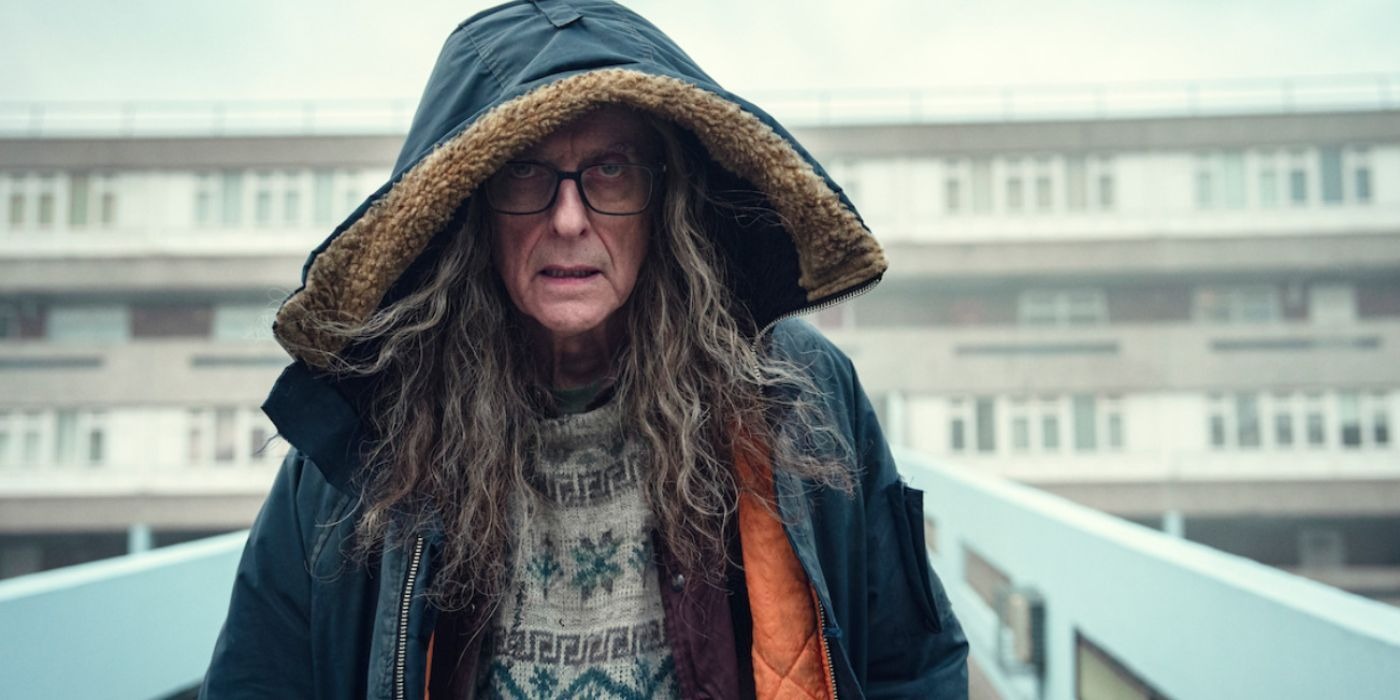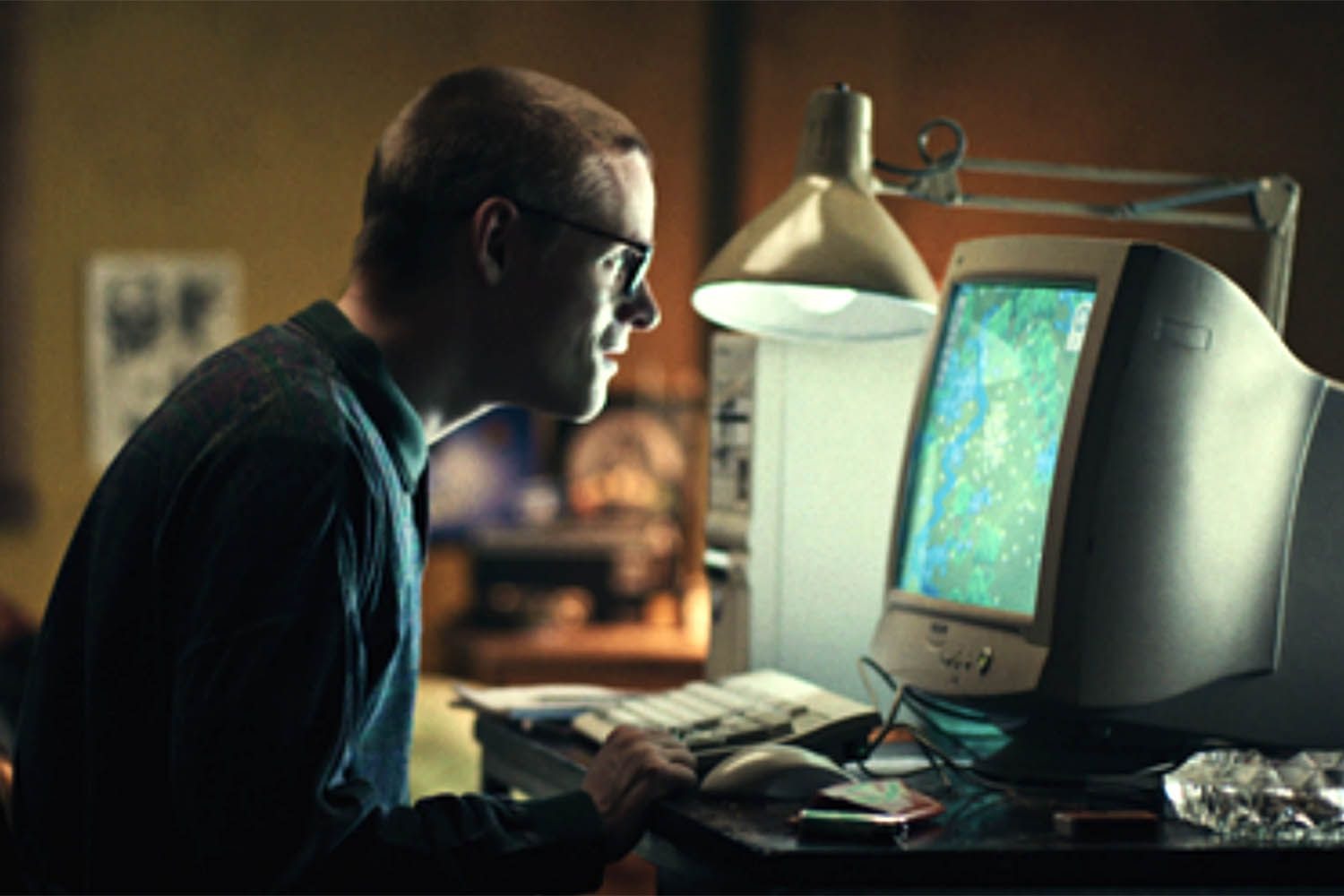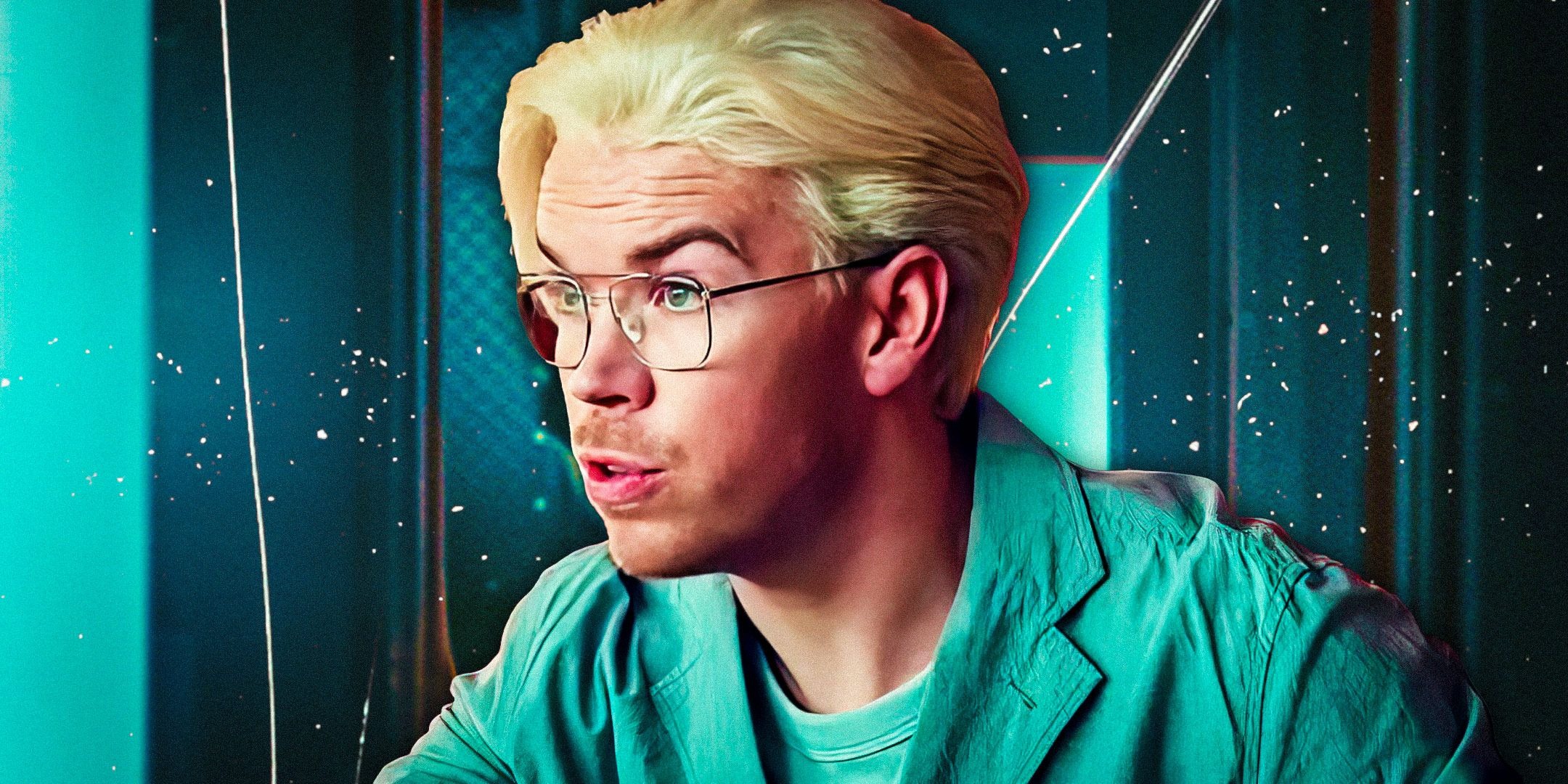In Common People, Amanda (Rashida Jones) and Mike (Chris O’Dowd) are a working-class couple aiming to start a family. But things take a strange turn when Amanda falls into a coma, and her husband, desperate to save her, agrees to a seemingly miraculous medical procedure that comes with too many unknowns.
Mike crosses paths with Gaynor (Tracee Ellis Ross), a representative from a medical tech company, who introduces him to Rivermind, an experimental technology that promises to revive Amanda’s cognitive functions.

The technology appears to be a lifesaver, with a few caveats: Amanda must sleep a bit longer, and the service’s coverage is limited (similar to a cell phone network’s range). The procedure is free, but the subscription to the service comes at a “reasonable” cost of $300 per month.
Before long, the couple realise the costs and challenges that come with depending on a subscription service for survival. Mike is pushed to take on extra changes at his construction job to help cover the mounting expenses.
Meanwhile, Amanda continues to sleep longer as Rivermind’s servers consume more of her energy. The situation worsens when the service’s coverage is not as extensive as they had hoped.
Gaynor then introduces them to Rivermind+, a new tier that costs an additional $500 per month, offering service coverage across all of North America.
But before long, Rivermind+ becomes the standard tier, and Amanda, now unaware of the situation, starts to deliver commercials during conversations, making it impossible for her to perform her job. As her sleeping patterns worsen, Mike resorts to demeaning himself online for extra money.
Just as their lives spiral, Gaynor presents Rivermind Lux, a premium service that promises enhanced sensations like pleasure and serenity, but at a hefty cost of $1,000 per month. With their finances stretched thin, Gaynor proposes a more affordable “booster” packet, offering temporary Lux benefits.
By the time their anniversary arrives, both Mike and Amanda are completely drained and on the verge of collapse.
How Do Common People End?
A year passes, and the couple, exhausted both physically and financially, can no longer keep up with Rivermind’s escalating costs. Amanda’s health is deteriorating, and Mike has resorted to humiliating online videos to cover the cost of Luxe booster packs.
Amanda, now completely sedated and at peace with the idea, decides that it’s time for her to die. Mike agrees with her wishes. She asks him to end her suffering “while I’m not there.” Creator and showrunner Charlie Brooker explains that Amanda, in her semi-conscious state, is unaware of her advertising actions.
As she delivers an ad, Mike smothers her with a pillow, making it feel as though she were still in a deep sleep, unaware of what’s happening. After Amanda’s death, Mike enters the room where he had filmed his online videos.
He looks directly into the camera, leaving the audience to imagine what happens next. “We leave it up to your imagination,” the executive producer says. “But you’ll notice he looks directly at you, the viewer, at the last moment.”
Rashida Jones, who plays Amanda, offers her perspective on the ending: “They’ve both tried so hard to make things work with their finances, but they just couldn’t live together or apart. It’s tragic yet sweet in a way. I think he’ll join her in the end.”
Is Gaynor’s Cheerful Attitude Just a Facade?
Throughout the episode, Gaynor maintains a professional and upbeat demeanor as she pitches various subscription plans to Mike and Amanda, even as they plead for sympathy. But is her constant cheerfulness genuine?

Tracee Ellis Ross, who portrays Gaynor, explains that Gaynor might no longer know where the act ends and reality begins. “I think she is using the Rivermind technology to numb her feelings,” Ross suggests. “She might be a beta tester for some of the tech, and that’s likely part of her backstory.
She’s playing her role and perpetuating the system.” Earlier in the episode, Gaynor reveals that she became a Rivermind client after a traumatic accident and is now living her best life, thanks to the technology.
Was the Episode Always Intended to Be This Dark?
When Charlie Brooker first came up with the idea for Common People, he initially thought it would be a lighthearted, comedic episode. “I had the idea: What if someone needed a subscription to stay alive, and what if they ended up advertising things as part of the process?”
Brooker recalls. “It seemed like it could be a funny episode. I was inspired by podcasts where hosts suddenly pitch products mid-conversation, and I thought, ‘This could be a light one.’” However, as Brooker continued to develop the script, the tone shifted, taking a much darker turn.
“As the story developed, I started seeing the darker side,” he explains. “Amanda was having to sleep more and more, and it became exhausting. Eventually, she was constantly advertising things, and the whole existence felt so empty.
That’s when the idea of her request, being smothered to death while delivering an advertisement, felt fittingly bleak — the kind of conclusion you’d expect from Black Mirror.”



